
Notable Quotes

Charlie Dittmeier's Home Page

The next day was a cruise out to an island in the Java Sea north of Jakarta.

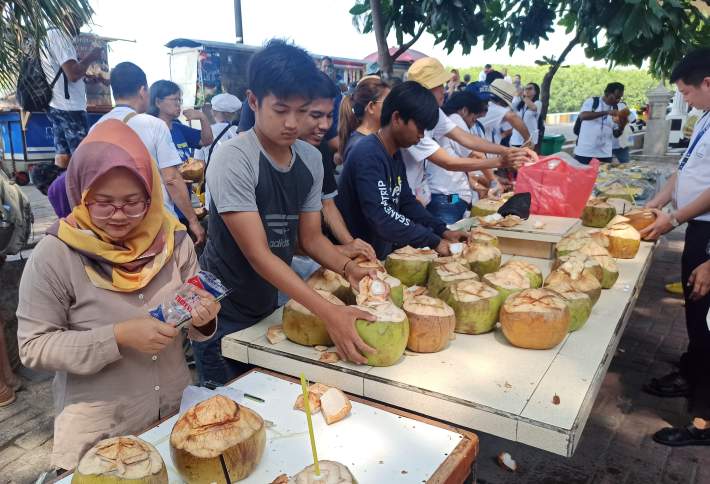

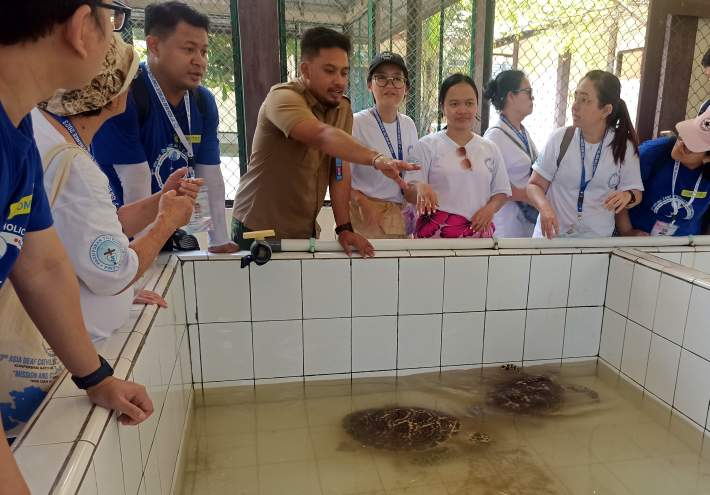

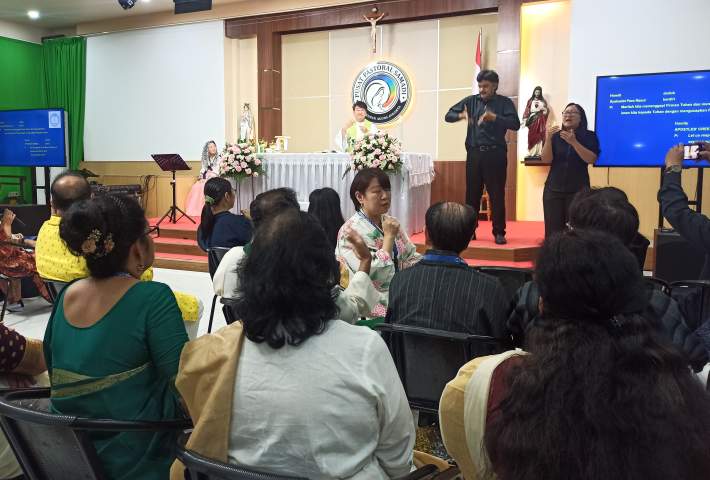
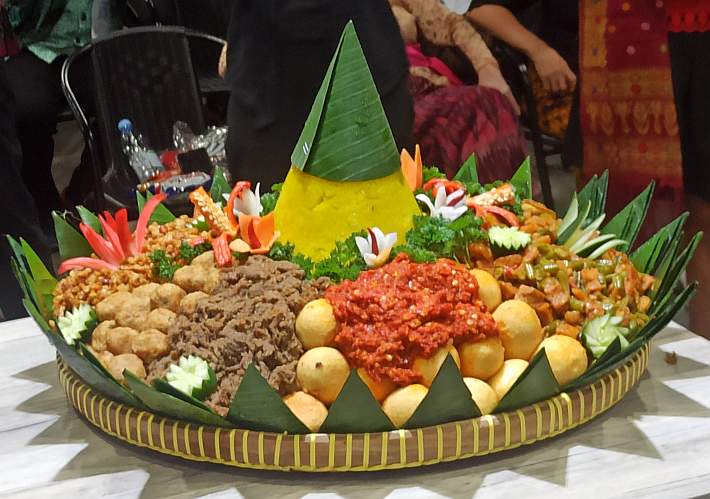

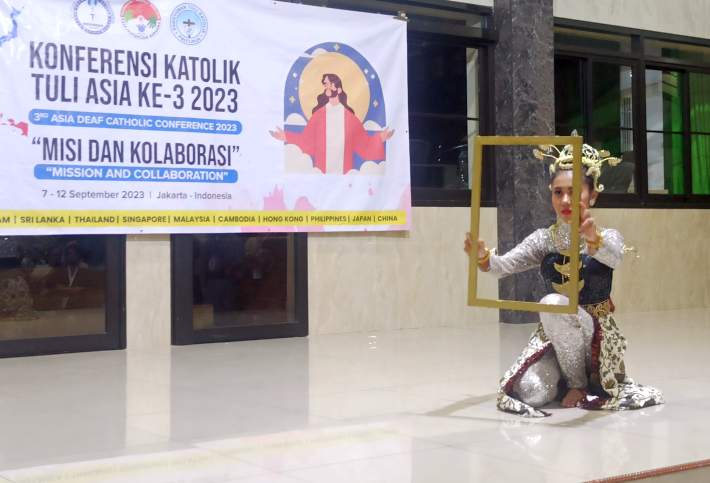
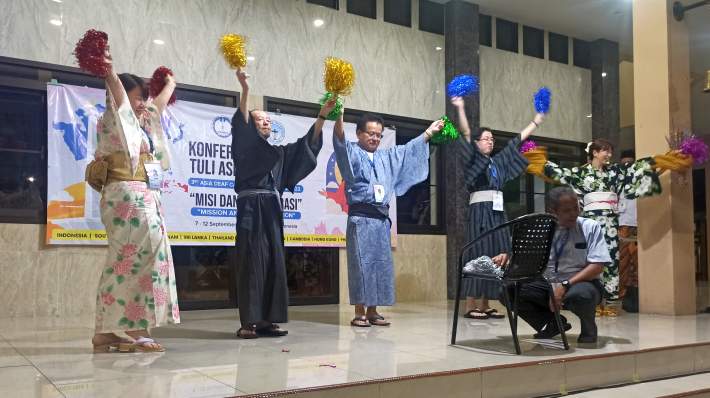

“If you want God to hear your prayers, hear the voice of the poor. If you wish God to anticipate your wants, provide those of the needy without waiting for them to ask you.”
St. Thomas of Villanova
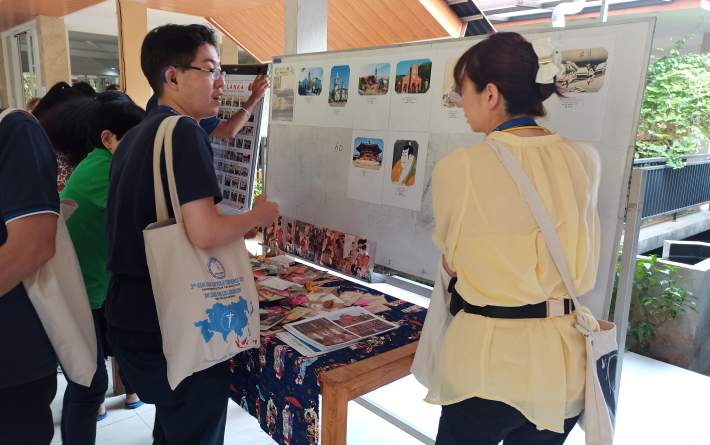
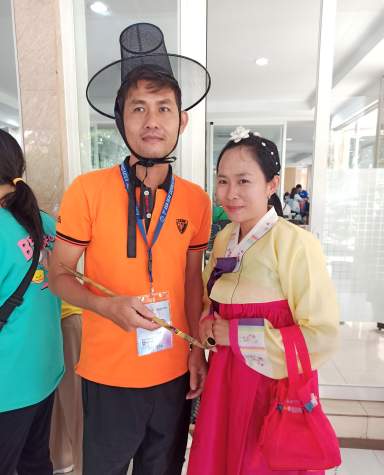
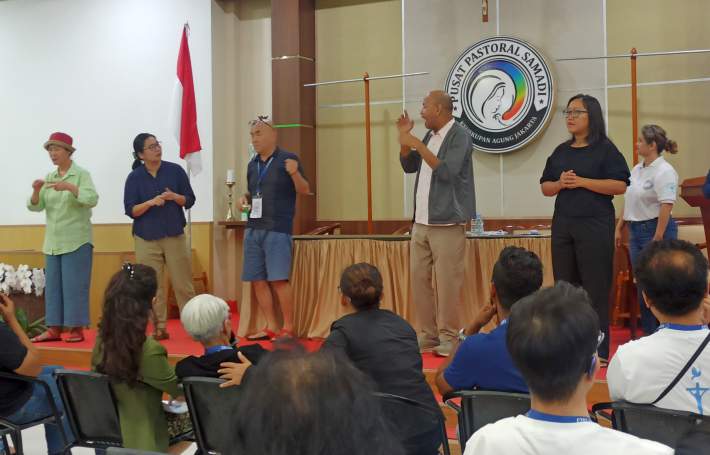
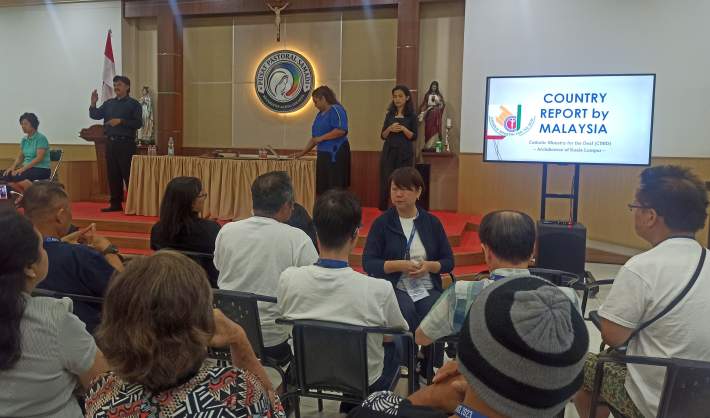
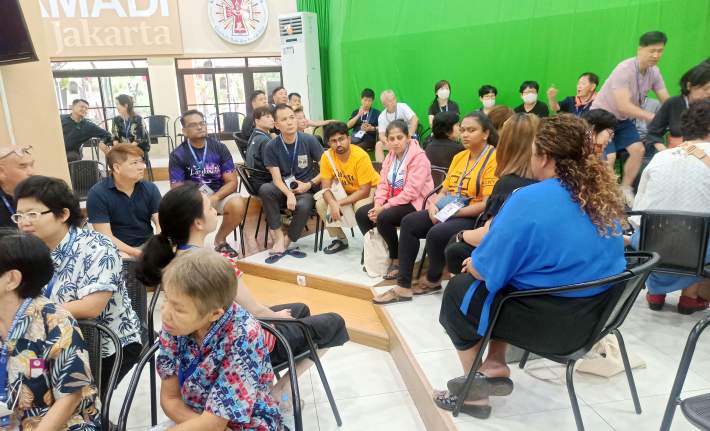
After visiting the National Monument, the three buses went to the Jakarta Cathedral for a mass with the cardinal of Jakarta.
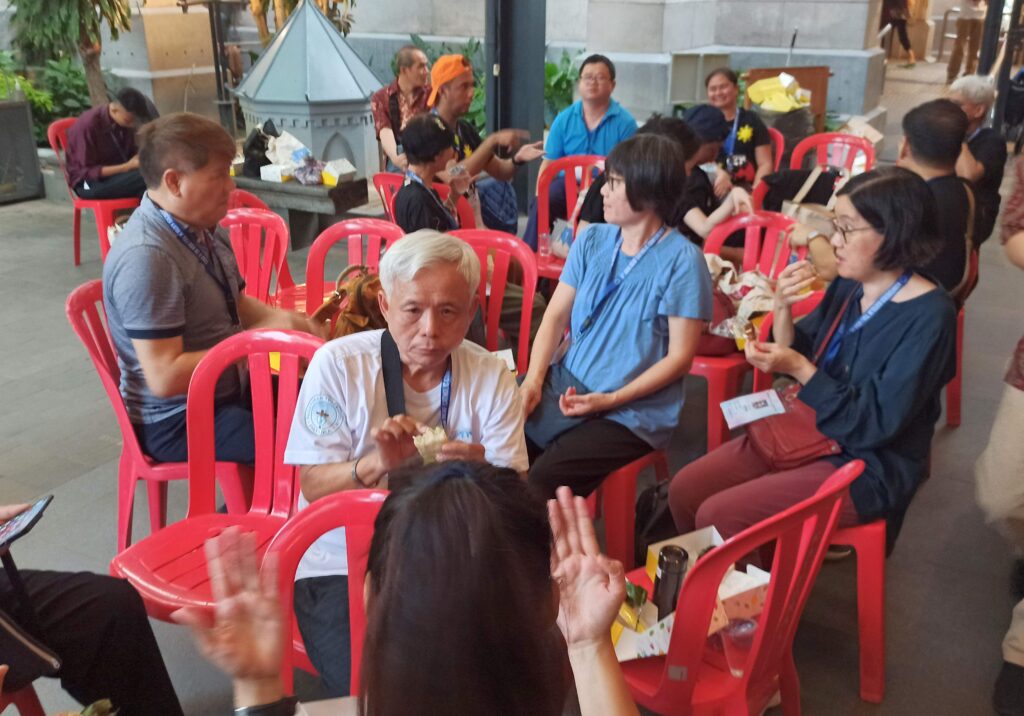
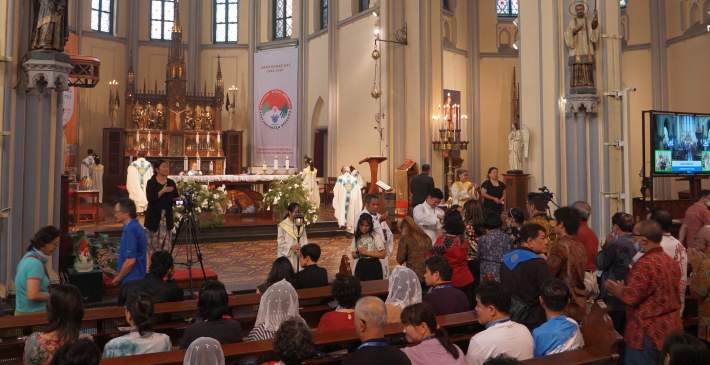
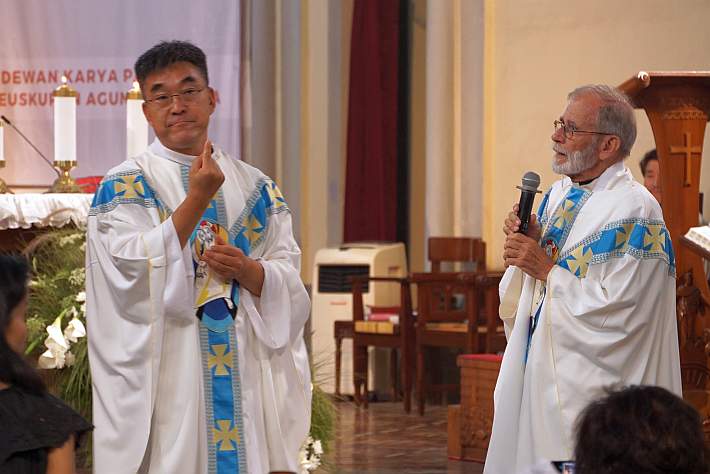
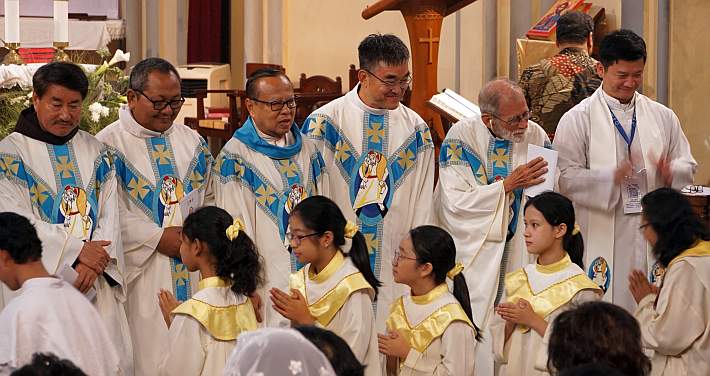
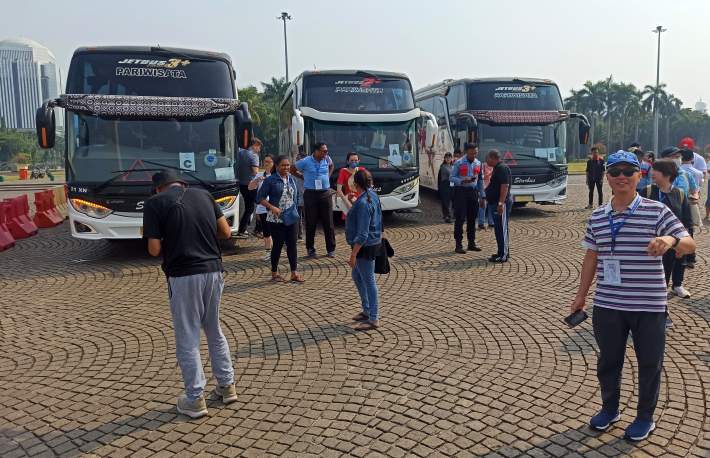
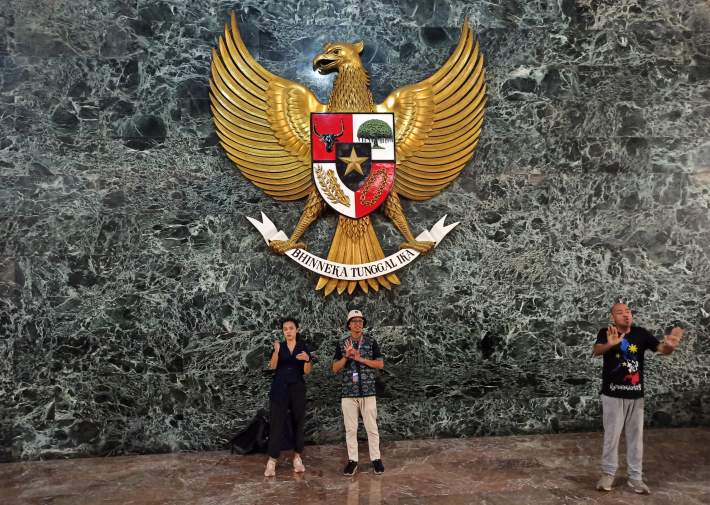
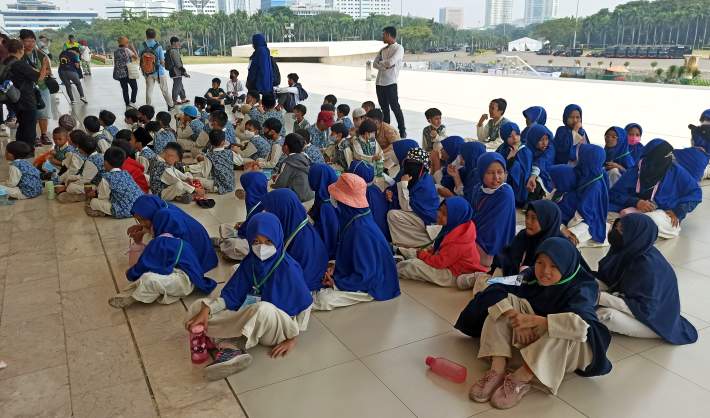
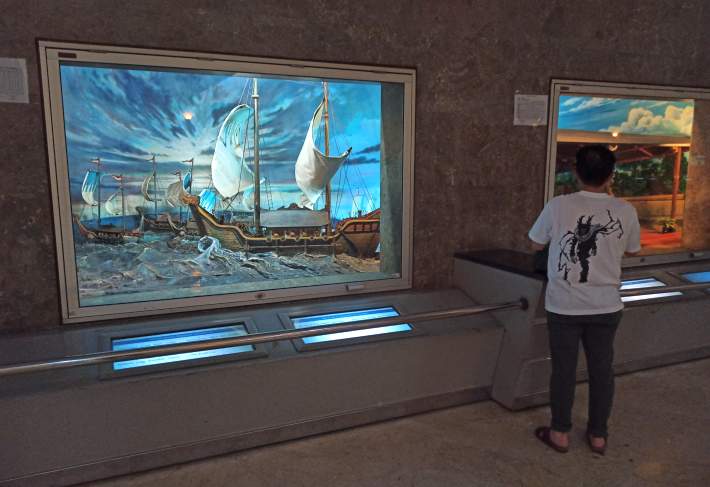
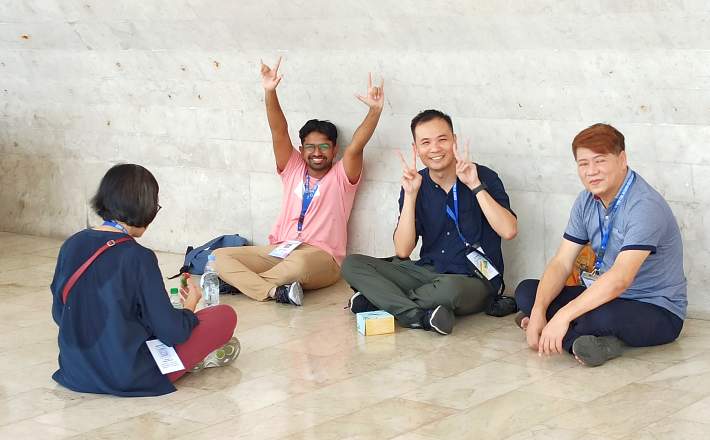
The Catholic deaf groups of Asia started a conference held every three years to bring the Catholic deaf people together for a time of learning and celebrating our faith together. This third conference, delayed several years by Covid, attracted 150 participants.
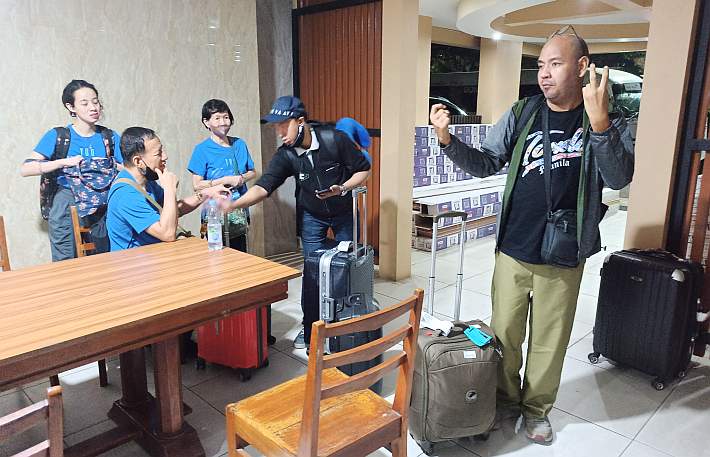
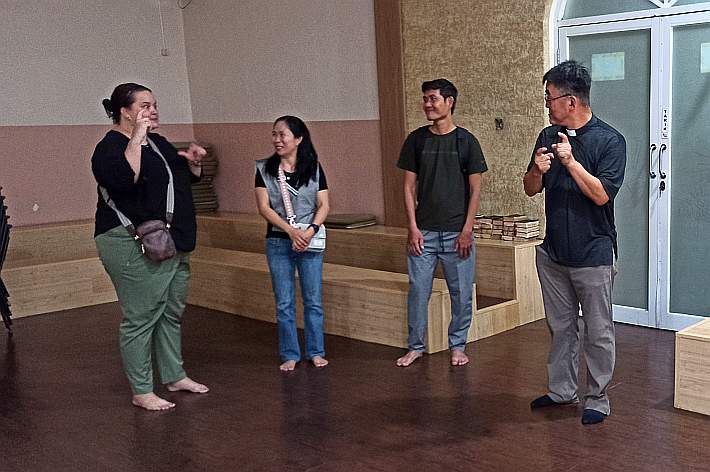
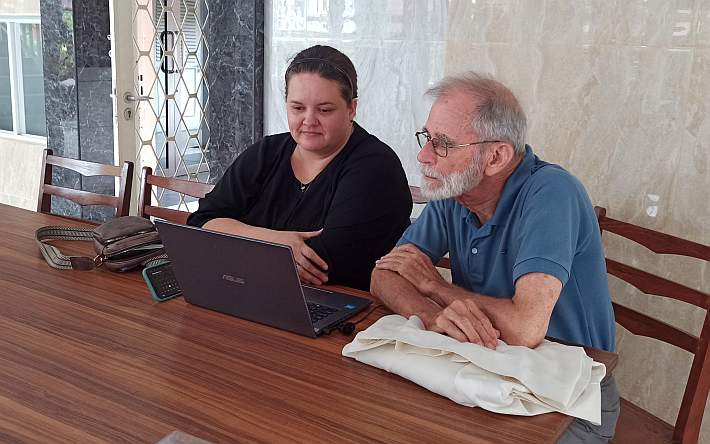
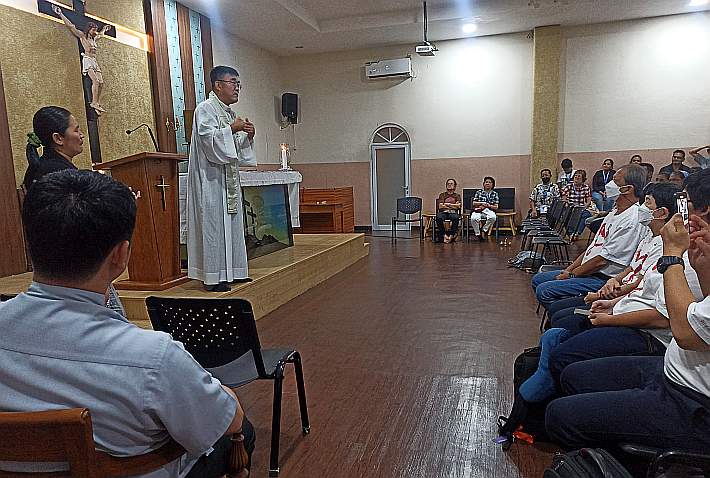
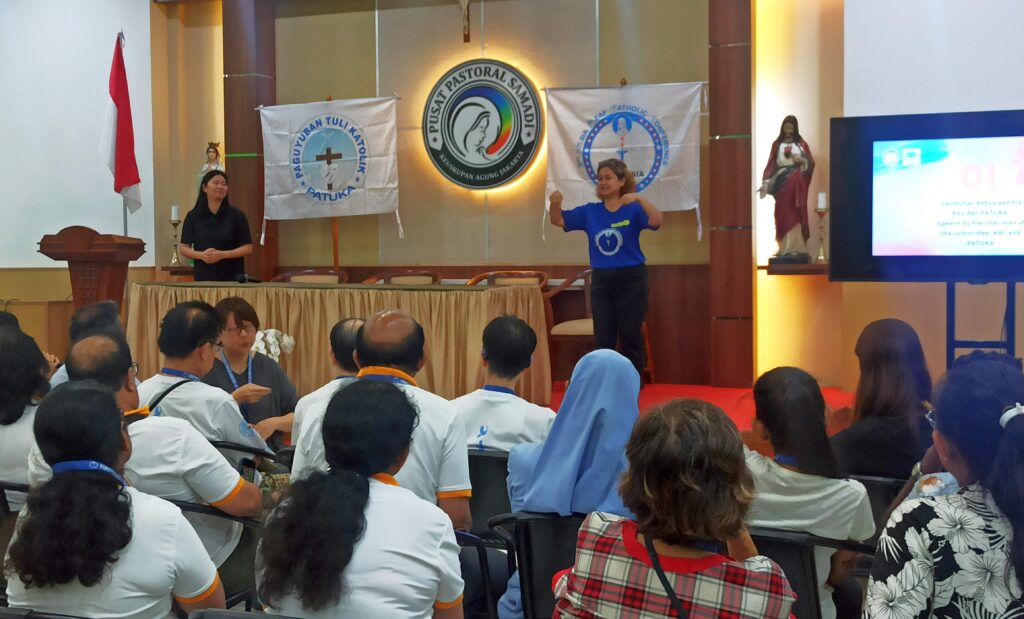
“If a political party does not have its foundation in the determination to advance a cause that is right and that is moral, then it is not a political party; it is merely a conspiracy to seize power.”
-Dwight D. Eisenhower

Today our Sunday liturgy was a little bit special. After the homily, Jay, one of our parishioners, received the sacrament of confirmation.

We celebrated the beginning of a new school year by inviting all our students–and even those not yet in school–to come forward after communion to receive a blessing.